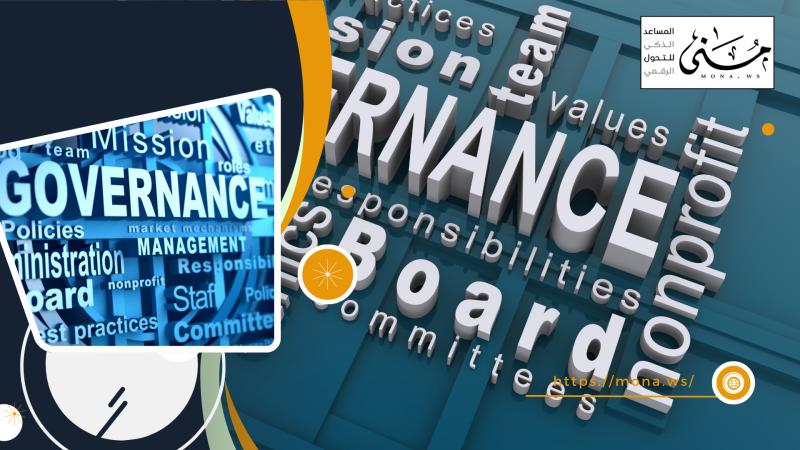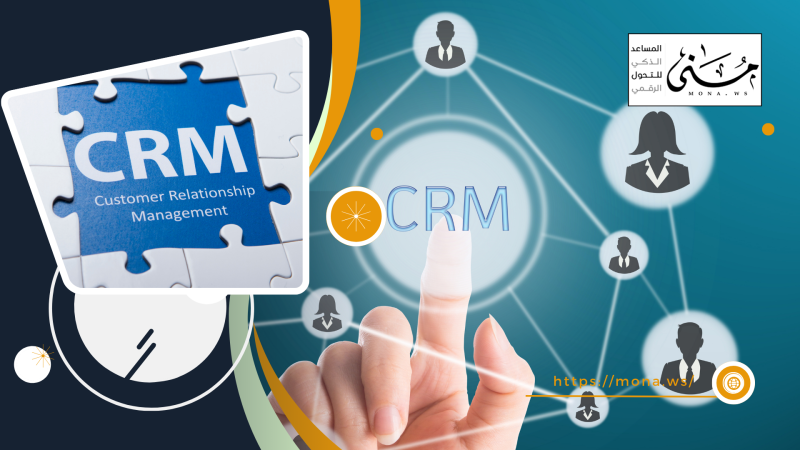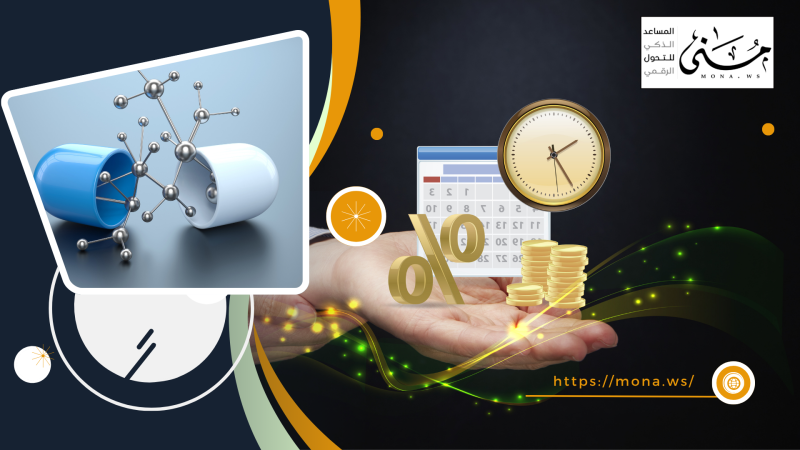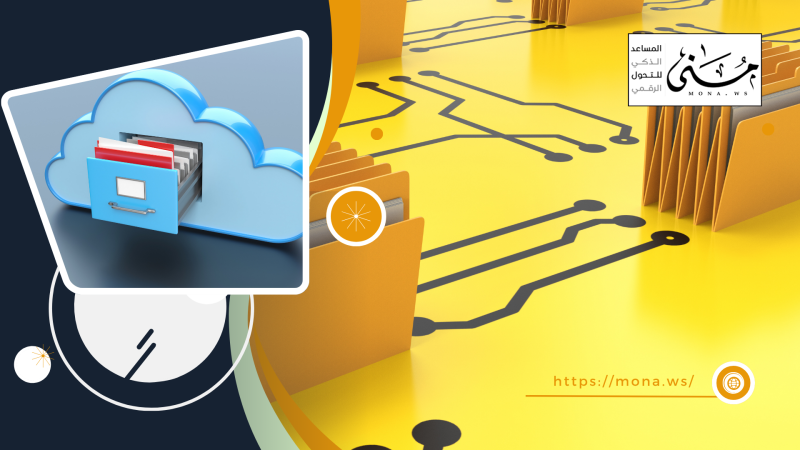If your answer is “yes,” you’re not alone. Many organizations suffer from the “Unmanaged Meeting Syndrome”—where meetings take place without clear objectives, no organized agenda, and no documentation of decisions. Instead of being a tool for progress, they become a drain on time and energy, disrupting workflow. In this article, we explore how this chaos affects institutional efficiency and present an integrated model for effective meeting management using digital tools like DocSuite Meeting, transforming meetings from a burden into a driving force for achievement.
The Cost of Unmanaged Meetings
Though meetings are intended to serve as a platform for planning, decision-making, and problem-solving, poor management turns them into a daily drain on time and resources. Recent studies show that up to 50% of time spent in unstructured meetings is wasted with no real value, negatively impacting both individual and collective productivity. This cost manifests in several ways:
1. Loss of Institutional Time
Without prior planning, meetings often begin late due to absent timelines or delayed attendees. They continue without a structured flow or fixed time slots for topics, leading to distraction and time overruns. Without clear goals, discussions turn into vague exchanges instead of being outcome-focused. This wasted time doesn’t only affect participants—it trickles down to entire teams, piling up tasks and shrinking time for real execution.
2. Poor Decision Quality
One major outcome of unmanaged meetings is poorly thought-out decisions—or no decisions at all. Without formal documentation of discussions and outcomes, important details are forgotten and the same topics resurface in later meetings. Often, decisions are made on impulse, lacking supporting data or documentation, leading to weak execution and greater risk. Worse yet, without a clear reference, it becomes difficult to assess the effectiveness or reasons behind failed decisions.
3. Absence of Accountability and Follow-Up
In the absence of a clear system for documenting tasks and recommendations, accountability becomes fuzzy. Meetings often end without assigning clear responsibilities or setting deadlines. There’s no mechanism to review progress in the next meeting, so commitments are repeated without resolution. This creates a vague administrative environment where accountability is lost and results become a matter of chance instead of effective management.
4. Administrative and Organizational Fatigue
Manual meeting organization drains administrative departments—especially when the process is repeated for every meeting. Teams must send invites, coordinate schedules, distribute documents, manually write minutes, and follow up afterwards. Without a unified platform for these tasks, time is wasted on coordination instead of focusing on content and outcomes. The absence of a centralized archive for minutes and decisions makes retrieval tedious, leading to duplicated work for every new meeting.
Imagine if Every Minute in a Meeting Led to Smart Decisions and Tangible Results
This isn’t a dream—it’s achievable when meetings shift from chaotic moments to strategic tools managed professionally.
Unmanaged meetings don’t just waste time—they steal focus, weaken decisions, and derail execution. But you have the power to change that.
With systems like DocSuite Meeting, you can regain control: structured invites, documented minutes, actionable recommendations, and follow-ups that ensure no decision falls through the cracks.
Turn every meeting into a launchpad—not a loop. Because a successful organization isn’t measured by the number of meetings... but by the results.
The Integrated Model for Digital Meeting Management
Meetings now occupy a significant share of both employee and management time. But when unmanaged, they transform from a tool for progress into a burdensome process.
This highlights the need for smart tools that restore structure and give meetings the meaning they deserve.
To address unmanaged meetings, advanced systems like DocSuite offer an integrated digital framework that transforms how organizations think about meetings. Instead of just being occasions for discussions and reports, the system redefines meetings as institutional processes directly tied to goals, performance, and execution.
The value of DocSuite lies in its holistic approach—transforming meetings into a connected digital journey: starting from invitation and preparation, through documentation, and ending with execution and follow-up. Each meeting becomes a living part of the decision-making cycle and a trusted record in the institutional memory.
It’s not just a “meeting platform”—it’s a modern methodology for intelligent management and measurable impact.
So how does this theory turn into practice? Here's how:
1. Managing Invitations and Scheduling Agendas
Meeting organization starts with inviting participants—here, DocSuite plays a key role. The system sends automated email invitations with RSVP and reminders.
More importantly, a detailed agenda can be set beforehand so that each participant knows the goals and topics in advance. Supporting documents can be attached for review, enhancing participation and cutting prep time.
2. Preparing and Distributing Meeting Minutes
During the session, minutes are recorded in real-time, with every note, decision, or recommendation organized and documented.
After the meeting, minutes are approved through electronic signature and automatically sent to all attendees. Nothing is lost—everything is archived and easily retrievable.
3. Following Up on Recommendations and Action Items
Meetings don’t end with discussion—each decision can become an actionable task, assigned to a specific individual and tracked through a digital performance dashboard.
Every task has a clear deadline, and the system monitors progress—escalating unfinished tasks to relevant authorities automatically. This creates a culture of accountability and results.
4. Linking Documents and Meeting Topics Institutionally
Every meeting topic can be directly linked to its supporting documents—whether reports, contracts, presentations, or data. If a prior decision needs context, the system allows tracing the linked document with ease—enriching the meeting’s context and reinforcing institutional memory.
Meetings aren’t a burden—when managed smartly. With tools like DocSuite, every session becomes a real opportunity for impact, and every decision a step forward. Start organizing your meeting… and watch performance improve.
From Ordinary Meeting to Strategic Tool
How can meetings shift from an administrative weight to a lever for institutional success? In many organizations, meetings happen just to “meet”—with no real link to outcomes or performance. But with an integrated digital model, the equation changes entirely. Meetings become practical launchpads—starting with discussion and ending in execution, with every step trackable and measurable.
Here’s how this transformation enhances institutional performance:
1. Improving Decision Quality
Effective decisions aren’t made in a vacuum—they require accurate information, clear context, and retrievable documentation. With digital meetings, discussions are recorded, and every recommendation or decision is stored in a central system—linked to relevant documents like performance reports, analytical studies, or contracts.
This allows not only well-informed decisions in the moment but also creates a rich record for future reference, evaluation, and strategic learning.
2. Achieving Transparency and Accountability
In traditional settings, responsibilities are often blurred, and decisions become fleeting words. In the digital model, every task assigned during a meeting is linked to its owner with a set deadline—and its progress is continuously tracked.
This fosters a culture of responsibility, where everyone knows their tasks are visible and traceable—building an honest environment where achievement is a measurable outcome, not a vague impression.
3. Boosting Institutional Time Efficiency
Unstructured meetings consume hours in operational tasks: sending invites, distributing minutes, collecting feedback, and manually tracking tasks. The digital system automates all these steps.
Every process—from invitations to minute distribution and task tracking—is streamlined without manual effort.
This frees employees to focus on what truly matters: analyzing problems, developing solutions, and executing strategies. In a time-sensitive environment, every meeting becomes a focused opportunity for impact.
4. Supporting Governance and Linking Meetings to Performance
One of the greatest benefits of the digital model is its ability to embed meetings within the broader performance ecosystem. Rather than being isolated events, meetings are linked to operational plans, performance targets, and KPIs.
For instance, a recommendation made in a meeting can later be traced to its impact on quarterly results or project milestones. Repeated unexecuted decisions can be analyzed to identify performance gaps.
This transforms meetings into a vital part of institutional governance, helping recalibrate direction and integrate vision with action.
Conclusion: Real Impact Is What Defines an Effective Meeting
Effective meetings aren’t defined by how many attend—but by the results they generate. With smart digital management, every meeting can become a strategic platform with measurable outcomes—informing today’s decisions and shaping tomorrow’s plans.
Meetings are no longer an administrative luxury—they’re a decisive factor in steering organizations toward success or stagnation.
Unmanaged meetings drain time, weaken decisions, and hinder execution. But the solution exists—intelligent, applicable, and transformative.
Tools like DocSuite Meeting don’t just address chaos—they redefine how meetings are conducted, with a comprehensive digital model that transforms every step: from sending invites to executing decisions.
Thanks to real-time documentation, document linking, task assignment, and automatic follow-up, every meeting becomes a calculated move in the organization’s journey toward achievement.
In the end, the question your organization should ask isn’t:
“How many meetings do we hold?”
But rather:
“What value do these meetings produce—and are they moving us toward our goals?”
Start here. Structure your meeting… and lead your organization toward a more conscious, productive, and future-ready path.










Comments
Add New Comment